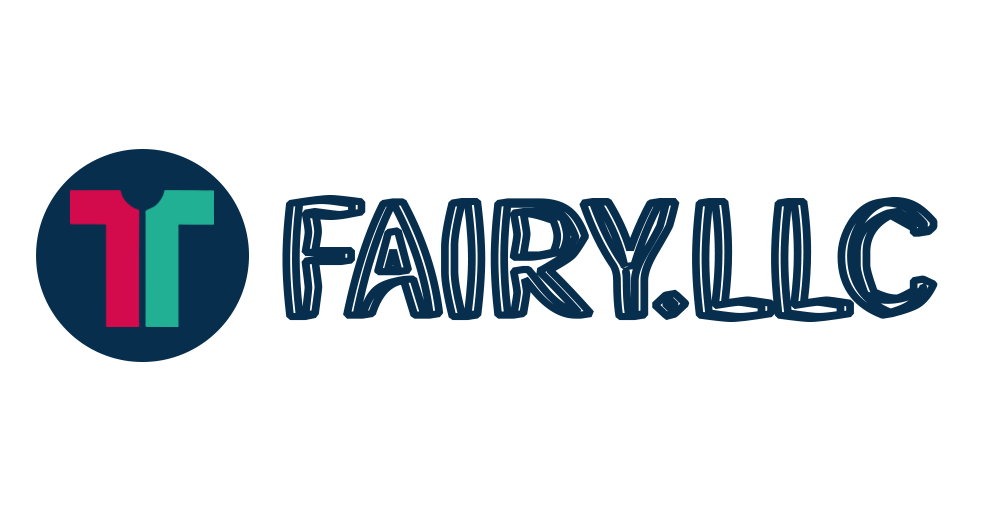The debate surrounding artificial intelligence (AI) generated art and its status as “real” art continues to rage, particularly within artistic communities and amongst those who appreciate the creative process. Many feel that the absence of human input, intent, and emotional investment fundamentally disqualifies AI creations from the artistic realm. The argument often centers on the idea that art is inherently tied to human experience, the expression of feelings, and the unique perspective of an individual. When an algorithm, however sophisticated, generates an image based on data sets, it lacks these core elements of human creation. This lack of personal touch is a major point of contention for critics, who see AI art as a derivative product, a simulation of art rather than the real thing.
AI Art Is Not Real Art Olafh Ace T-shirts: best style for you
One of the primary criticisms leveled against AI art is the lack of originality. AI models are trained on vast databases of existing images and styles. Consequently, their output, even if visually compelling, frequently reflects a blending and remixing of pre-existing artistic elements. This can lead to a sense of déjà vu, where the AI generated image feels familiar without being truly new or innovative. The creative act is diminished, replaced by a process of pattern recognition and recombination. True artistic originality demands breaking free from conventions, forging a new path, and expressing something unique to the artist. AI, bound by its training data, often struggles to achieve this level of genuine originality.

Furthermore, the creative journey itself is a crucial component of what makes art, art. For human artists, the process involves experimentation, struggle, refinement, and the emotional impact of their work. There is a learning curve, a honing of skill, and a deeply personal connection to the artwork that results. With AI, the process is often detached and impersonal. The user inputs prompts, selects parameters, and the algorithm generates the image. This process lacks the trials and errors, the artistic soul-searching, and the intimate understanding that shapes a human-made piece of art. The absence of this experiential component weakens the emotional impact and depth of the work.

The discussion surrounding AI art frequently involves questions of authorship and ownership. If an AI generates an image based on prompts, who is the artist? Is it the person who provided the prompt, the developers of the AI model, or the AI itself? The legal and ethical implications of these questions are still being sorted out, and the ambiguity surrounding authorship further complicates the notion of AI art as genuine art. The ability to attribute the work to a single individual, who took ownership of the creative process and who can be held accountable for the art’s meaning and impact, is a cornerstone of understanding artistic expression. The current complexities of the AI art space create an uncomfortable void.











Reviews
There are no reviews yet.